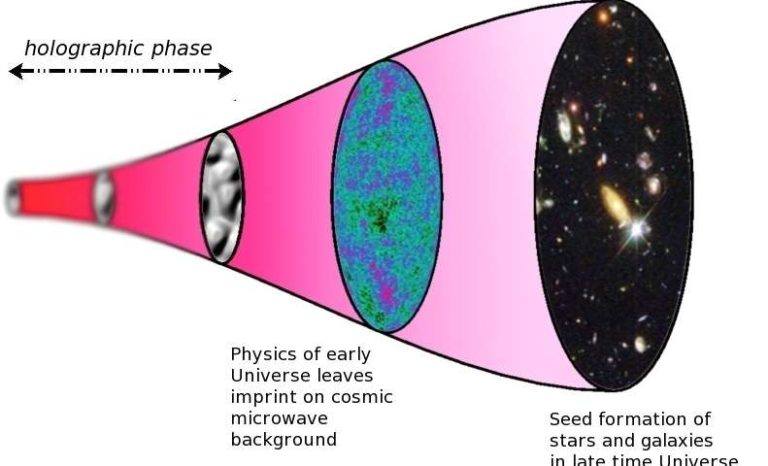Is the universe a hologram?
Observational evidence described in Physical Review Letters may illuminate new aspects of quantum gravity.

New research into the emergence of space and time has revealed evidence that the universe could have emerged from a two-dimensional “hologram.”
An international collaboration of researchers from the UK, Italy, and Canada – including Niayesh Afshordi of Perimeter Institute and the University of Waterloo – suggests that conventional ideas about the workings of the universe may need to be rethought.
“We are proposing using this holographic universe, which is a very different model of the big bang than the popularly accepted one that relies on gravity and inflation,” said Afshordi in a University of Waterloo release. “Each of these models makes distinct predictions that we can test as we refine our data and improve our theoretical understanding – all within the next five years.”
The notion of a holographic universe emerged several decades ago, but the newly published research provides observational evidence to support a 2D holographic model of the universe.
Such evidence could further quantum gravity, which aims to bridge the two pillars of modern physics: quantum mechanics and Einstein’s theory of gravity.
“The key to understanding quantum gravity is understanding field theory in one lower dimension,” said Afshordi. “Holography is like a Rosetta Stone, translating between known theories of quantum fields without gravity and the uncharted territory of quantum gravity itself.”
Read the paper in Physical Review Letters, and a more in-depth explanation of the work at Phys.org.




















































































